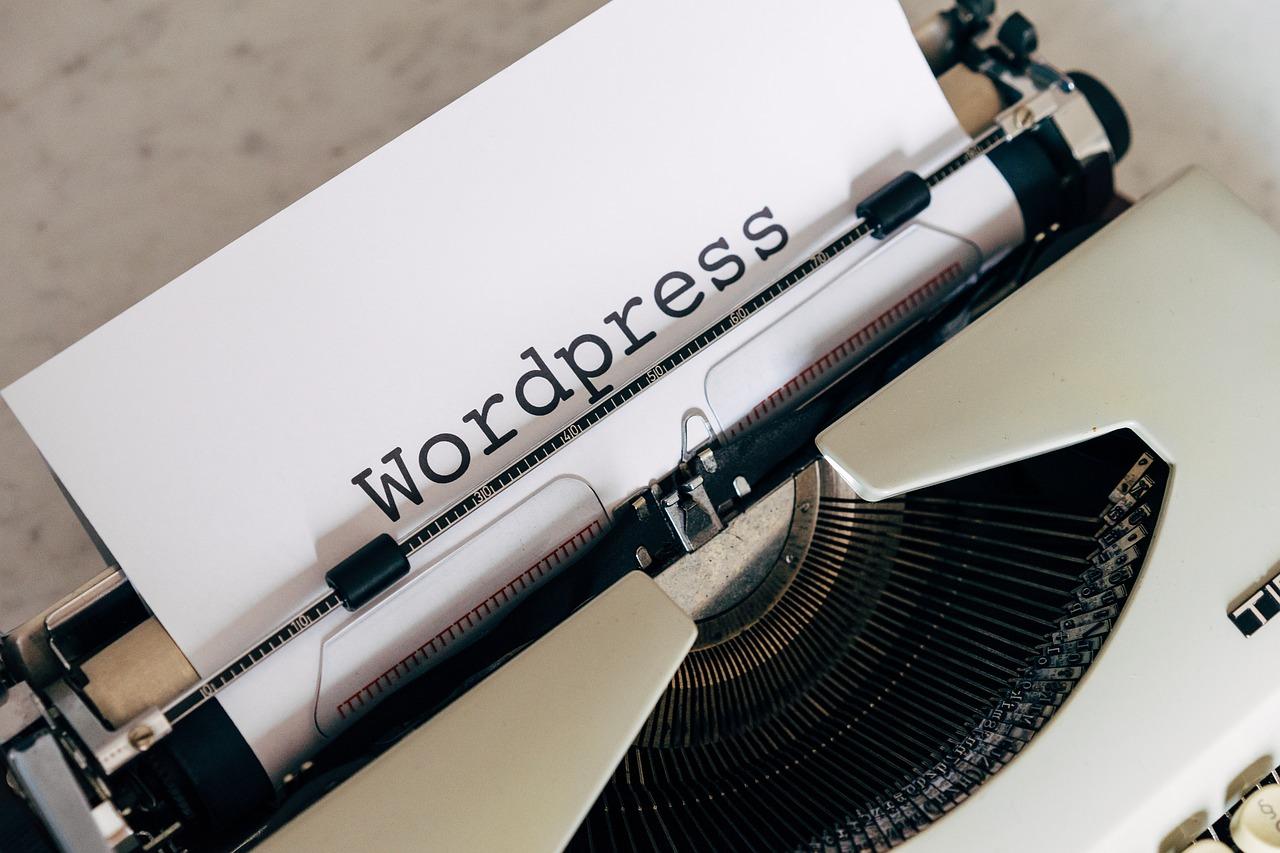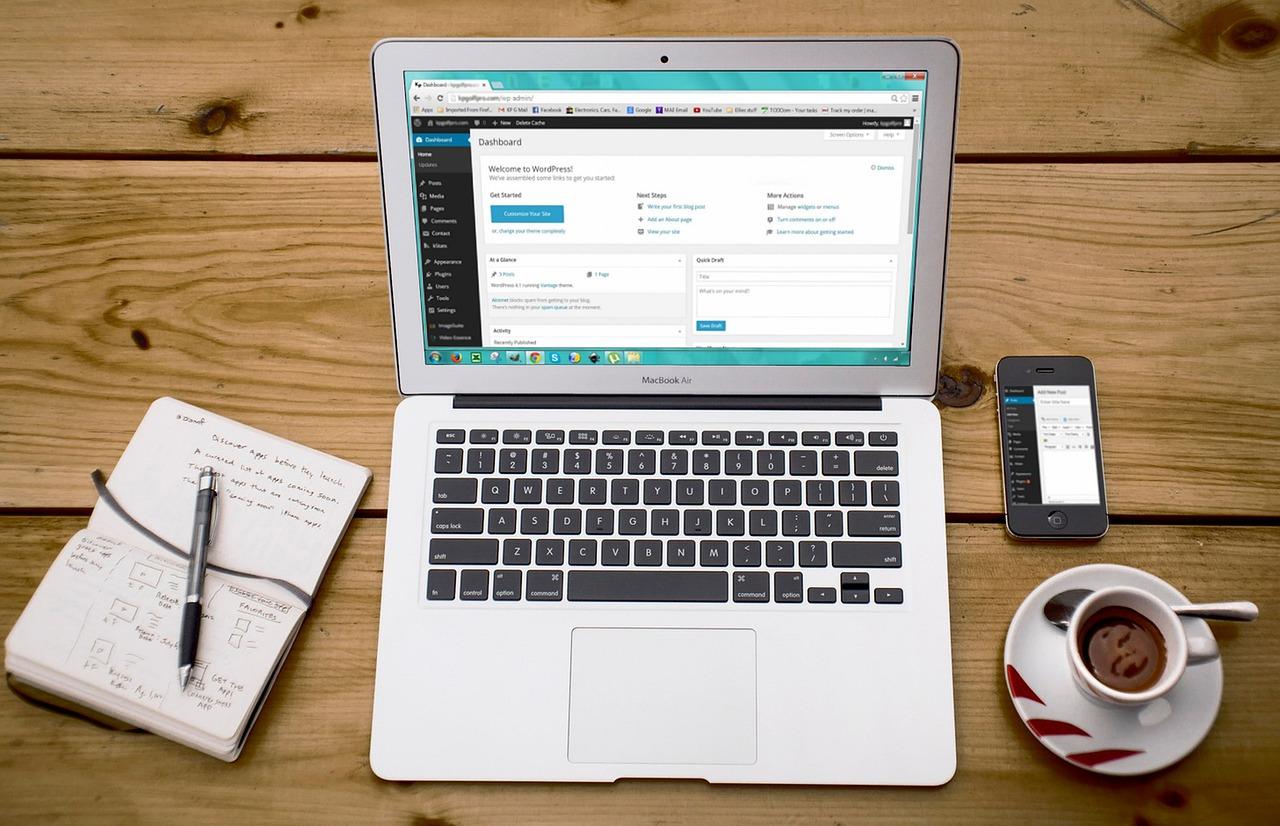Ready to share your thoughts with the world? Starting a WordPress blog in 2025 is easier than ever! With our complete guide, you’ll be up and running in no time. Dive in, unleash your creativity, and let your voice shine online!
How to Start a WordPress Blog 2025 (Complete Guide for Beginners)
Are you ready to share your thoughts, passions, or expertise with the world? Starting a blog is one of the most rewarding ways to express yourself and connect with like-minded individuals. With WordPress, creating a blog has never been easier or more accessible, even for complete beginners. In this comprehensive guide, we’ll walk you through every step of launching your very own WordPress blog in 2025. Whether you’re looking to document your travels, share your culinary adventures, or build a platform for your professional insights, we’ve got you covered. So grab your favorite beverage, get comfy, and let’s dive into the exciting world of blogging! Your voice deserves to be heard, and we’re here to help you make it happen.
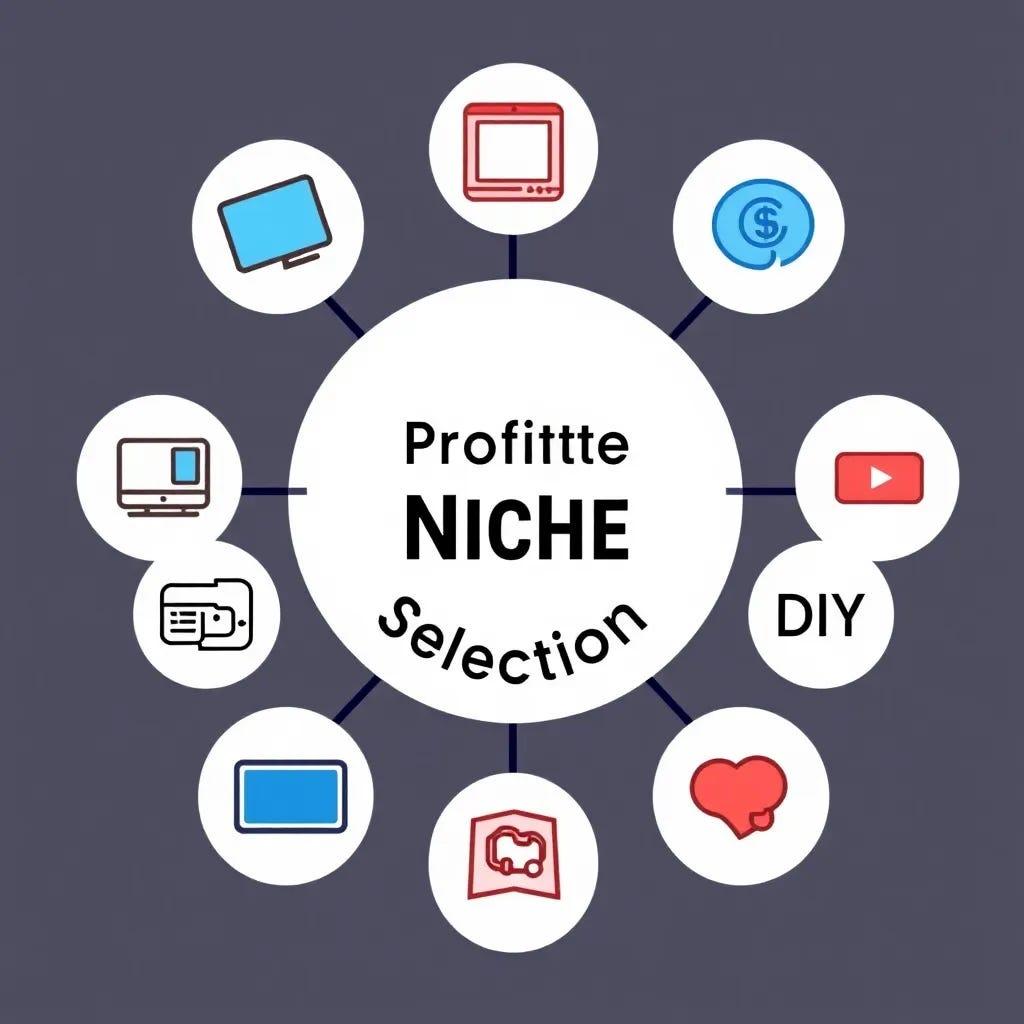
How to Choose the Perfect Niche for Your WordPress Blog
Choosing the right niche for your WordPress blog is crucial for long-term success. A well-defined niche not only helps you attract a specific audience but also allows you to create content that resonates deeply with your readers. Here are some key considerations to guide you in the selection process:
- Passion and Interest: Start by reflecting on your interests and passions. What topics do you love to discuss? What hobbies or experiences excite you? A niche that aligns with your enthusiasm will make content creation feel less like a chore and more like a fulfilling endeavor.
- Market Demand: Research the demand for your potential niche. Use tools like Google Trends or keyword research tools to see what people are searching for. A thriving niche will have a consistent interest, ensuring that your blog can attract visitors.
- Competitor Analysis: Investigate existing blogs in your prospective niche. Identify who the top players are and assess their content. Look for gaps or unique angles that you can fill with your voice, experience, or expertise. Differentiate yourself by offering something fresh.
- Monetization Potential: Consider how you plan to monetize your blog. Certain niches are more lucrative than others. For instance, topics like personal finance, health, and technology often have higher advertising rates and affiliate marketing opportunities.
- Longevity and Trends: Think about the longevity of your niche. Is it a passing trend, or does it have the potential to evolve over time? Opt for topics that allow for future expansion or diversification, ensuring that your blog can grow along with your interests.
To help visualize your options, here’s a simple table to compare potential niches based on key factors:
| Niche | Passion Level (1-10) | Market Demand (High/Medium/Low) | Monetization Potential (Low/Medium/High) |
|---|---|---|---|
| Travel | 9 | High | Medium |
| Personal Finance | 7 | High | High |
| Health & Wellness | 8 | Medium | High |
| Technology | 6 | High | Medium |
| DIY & Crafts | 9 | Medium | Low |
Ultimately, the perfect niche should strike a balance between your personal passion and market opportunity. Don’t rush the decision-making process; take your time to explore different ideas until you find one that feels just right. Once you’ve pinpointed your niche, you’ll be well on your way to creating a blog that not only attracts readers but also reflects who you are.
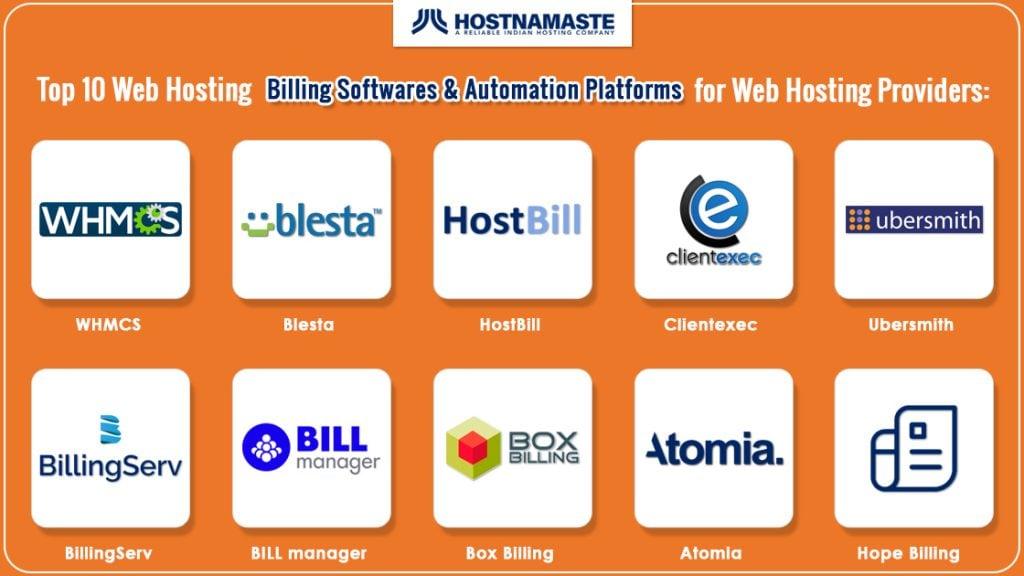
Selecting the Right Hosting Provider for Your Needs
First and foremost, consider the type of hosting you require. Here are some common types:
- Shared Hosting: Cost-effective and user-friendly, ideal for beginners with moderate traffic.
- VPS Hosting: Offers more resources and control, suitable for growing blogs expecting higher traffic.
- Managed WordPress Hosting: Specifically optimized for WordPress, includes automatic updates and security features.
- Dedicated Hosting: Provides full control over a server, best for large businesses or high-traffic blogs.
Next, take into account the performance and reliability of the hosting provider. Look for hosts that guarantee:
- 99.9% uptime – This ensures that your blog is accessible to visitors at all times.
- Fast loading speeds – A delay of just a few seconds can result in losing potential readers.
- Scalability options – Your hosting provider should be able to accommodate your growth.
Another important factor is the customer support offered by the hosting provider. Opt for a host that provides:
- 24/7 support via chat, email, or phone.
- Access to a knowledge base or extensive documentation.
- Helpful and friendly representatives who understand WordPress.
Pricing is also a vital consideration. While it can be tempting to go with the cheapest option, it’s essential to weigh the features offered. Here’s a quick comparison of common hosting plans:
| Hosting Type | Price Range | Ideal For |
|---|---|---|
| Shared Hosting | $3.95 – $10/mo | Beginners & Low Traffic |
| VPS Hosting | $20 – $80/mo | Growing Blogs |
| Managed WordPress Hosting | $15 – $40/mo | WordPress-Focused Users |
| Dedicated Hosting | $80 – $300/mo | High-Traffic Sites |
Lastly, always check for additional features that can enhance your experience. Consider services such as:
- Free domain registration for the first year.
- SSL certificates for secure connections.
- Backup solutions to protect your content.
By carefully evaluating these aspects, you can select a hosting provider that not only meets your current needs but also supports your future growth as a blogger.
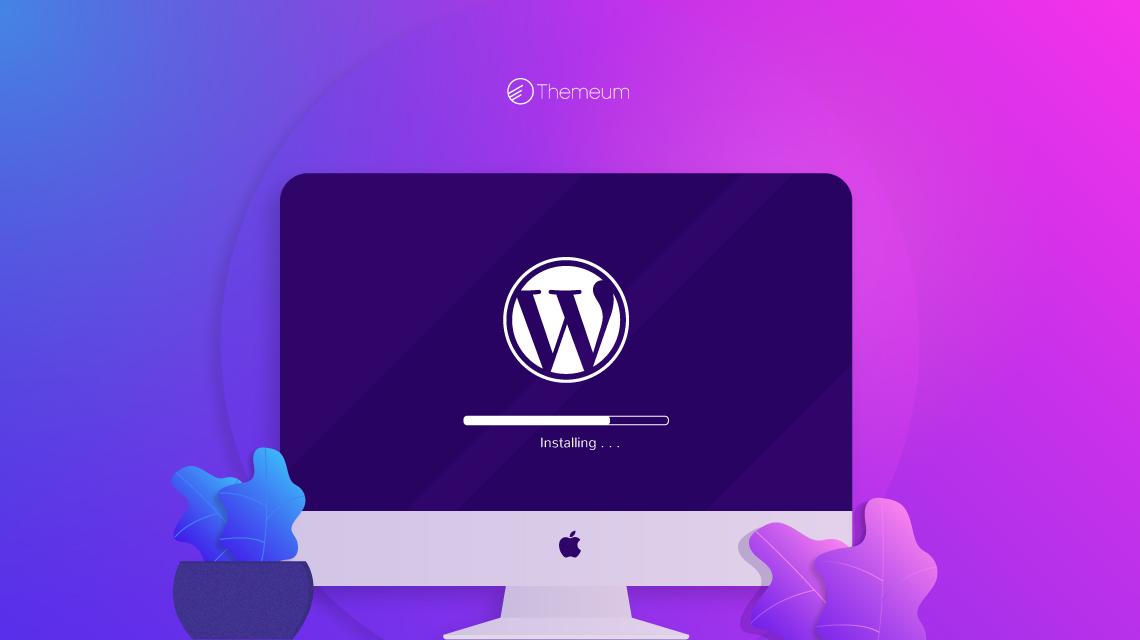
Step-by-Step Guide to Installing WordPress Like a Pro
Installing WordPress might seem like a daunting task, especially for beginners, but with this comprehensive guide, you’ll be able to set up your blog in no time. Let’s break it down into easy-to-follow steps that will get you rolling in the WordPress world quickly and efficiently.
Choosing Your Hosting Provider
The first step is selecting the right hosting provider. Here are some popular options that cater to WordPress users:
- Bluehost – Officially recommended by WordPress.org with great support.
- SiteGround – Known for outstanding customer service and speed.
- WP Engine - A premium managed hosting solution for WordPress.
Installing WordPress
Once you’ve chosen your hosting provider, it’s time to install WordPress. Most hosts offer a simple one-click installation, but here’s how you can do it manually:
- Download the latest version of WordPress from the official website.
- Upload the WordPress files to your server using an FTP client like FileZilla.
- Create a MySQL database and user for WordPress in your hosting account.
- Open your web browser and navigate to your domain name to run the installation script.
Configuring Your Site
After installation, it’s time to configure your site. You’ll need to set up some essential settings:
- Site Title – Choose a catchy title for your blog that reflects your niche.
- Permalinks – Go to Settings > Permalinks and select the “Post name” option for SEO-friendly URLs.
- Timezone - Set your timezone under Settings > General to ensure your posts are published at the correct time.
Choosing a Theme
Your blog’s appearance is crucial. Here’s how to choose the perfect theme:
- Visit Appearance > Themes in your WordPress dashboard.
- Explore the WordPress Theme Directory or consider premium options from providers like ThemeForest.
- Once you’ve found a theme you love, click Install and then Activate.
Essential Plugins
To enhance your blog’s functionality, consider adding the following essential plugins:
| Plugin | Purpose |
|---|---|
| Yoast SEO | Optimize your content for search engines. |
| Akismet | Protect your blog from spam comments. |
| Jetpack | Enhance security, performance, and site management. |
With these steps, you’ve moved from installation to launching your blog. Each choice you make along the way—from hosting to themes—will have a lasting impact on your blogging experience and success. So take your time, explore your options, and soon you’ll be sharing your thoughts with the world!
Designing Your Blog: Themes and Customization Tips
Here are some key factors to consider when selecting a theme:
- Responsiveness: Ensure the theme looks great on all devices, from desktops to smartphones.
- Customization Options: Look for themes that offer easy customization without requiring coding knowledge.
- Speed: Choose a lightweight theme to enhance loading times and improve SEO.
- Support and Updates: Opt for themes that are regularly updated and come with reliable support.
Once you’ve chosen a theme that fits your vision, it’s time to dive into customization. WordPress provides a user-friendly interface that allows you to tweak various aspects of your blog. Here are some customization tips you might find helpful:
- Use the Customizer: Access the WordPress Customizer to adjust site identity, colors, and header images easily.
- Plugins for Extra Functionality: Enhance your theme with plugins that add features such as contact forms, social media buttons, and SEO tools.
- Consistent Branding: Maintain a cohesive look by using a consistent color palette and typography throughout your blog.
- Widgets: Utilize sidebar and footer widgets to display important information, such as recent posts or social media links.
To give you an idea of how themes can vary, here’s a simple comparison of popular WordPress themes:
| Theme | Features | Best For |
|---|---|---|
| Divi | Drag-and-drop builder, responsive editing | Design flexibility |
| Astra | Lightweight, customizable | Speed-focused blogs |
| OceanWP | Multiple demos, eCommerce ready | Online stores |
Remember, while it’s tempting to go overboard with customizations, simplicity often wins. A clean, easy-to-navigate design keeps visitors on your site longer and encourages them to explore your content. Focus on the essentials and let your writing shine through your chosen aesthetic.
investing time in thoughtfully designing your blog will pave the way for a successful blogging journey. With the right theme and strategic customization, you’ll create an inviting space that draws readers in and keeps them coming back for more.
Essential Plugins Every New Blogger Should Install
- Yoast SEO – This plugin helps you optimize your content for search engines. With features like keyword analysis and readability checks, you’ll be able to improve your visibility and attract more visitors.
- Akismet Anti-Spam – Protect your blog from unwanted spam comments with Akismet. This plugin automatically filters out spammy messages, allowing you to maintain a clean comment section and focus on engaging with genuine readers.
- Jetpack – A powerhouse of features, Jetpack offers site stats, performance improvements, and security enhancements. It’s a comprehensive solution that can help you monitor and grow your blog efficiently.
- WP Super Cache – Speed is crucial for user experience and SEO. WP Super Cache generates static HTML files from your dynamic WordPress blog, significantly improving loading times for your visitors.
- Contact Form 7 – Make it easy for your visitors to reach out by installing Contact Form 7. This plugin allows you to create customizable contact forms, ensuring you never miss an inquiry or feedback from your audience.
In addition to these essentials, consider adding some extra tools that can further enhance your blogging experience:
| Plugin Name | Purpose |
|---|---|
| Elementor | Drag-and-drop page builder for stunning layouts |
| Smush | Image optimization to speed up your site |
| MonsterInsights | Easy Google Analytics integration for tracking |
| UpdraftPlus | Automated backups to keep your site safe |
Choosing the right plugins can greatly influence your blogging success. Take the time to explore these options, and don’t hesitate to experiment with additional plugins as your blog grows. A well-optimized blog not only attracts readers but also keeps them coming back for more!
Creating Compelling Content: Tips for Engaging Your Audience
When it comes to crafting content that captivates your audience, the key is to tell a story that resonates. Whether you’re sharing personal experiences, insights, or valuable information, storytelling can transform mundane topics into engaging narratives. Consider starting with a hook—an intriguing question or a surprising fact—to draw your readers in right from the first line.
Another effective strategy is to know your audience. Understanding who you are writing for allows you to tailor your content to their interests and needs. Think about the following:
- What challenges do they face?
- What questions do they have?
- What solutions can you provide?
Using visuals can significantly enhance your content’s appeal. Integrate images, infographics, or videos that complement your text and help clarify complex concepts. A well-placed image not only breaks up blocks of text but also makes the reading experience more enjoyable. Consider using WordPress plugins that help you easily add media to your posts, making it seamless to incorporate visuals.
Don’t underestimate the power of formatting your content effectively. Use headings, subheadings, and bullet points to create a hierarchy that guides the reader through your post. This approach makes it easier for visitors to skim your content and find the information they need quickly. Here’s a quick example of what a table summarizing your blog setup can look like:
| Step | Action |
|---|---|
| 1 | Choose a Domain Name |
| 2 | Select a Hosting Provider |
| 3 | Install WordPress |
| 4 | Pick a Theme |
| 5 | Create Your First Post |
Lastly, encourage interaction. Pose questions at the end of your posts or invite readers to share their thoughts in the comments. Creating a community around your blog not only boosts engagement but also fosters loyalty among your audience. Remember, the more connected your readers feel, the more likely they are to return for future content.
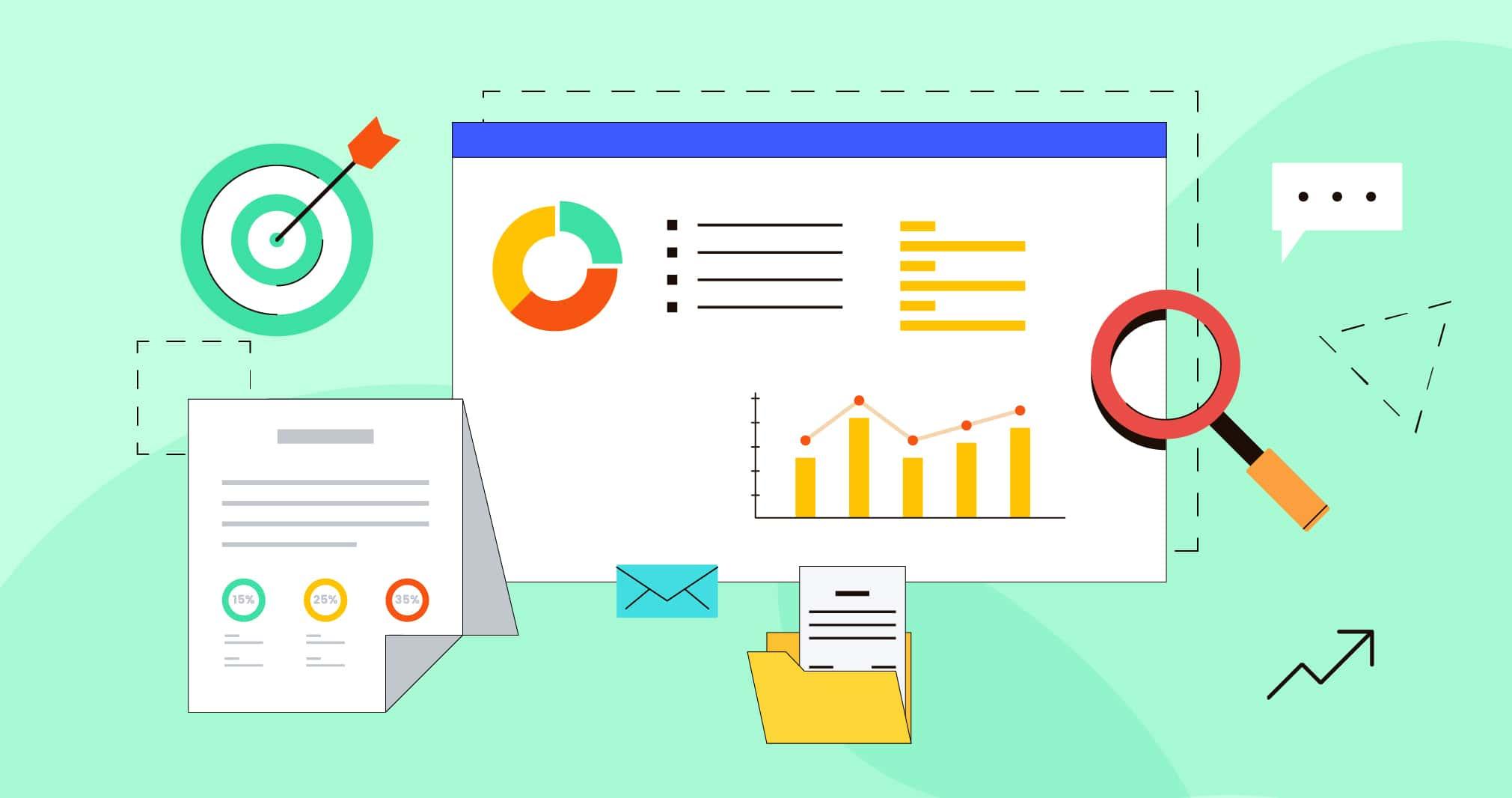
Mastering SEO Basics to Boost Your Blogs Visibility
Keyword Research is the first step in your SEO journey. Identifying the right keywords that resonate with your content is vital. Use tools like Google Keyword Planner or Ubersuggest to find high-volume, low-competition keywords related to your blog topic. Once you’ve identified these keywords, incorporate them naturally into your blog posts, headings, and even your image alt texts.
Next, Optimize Your Content. This means ensuring your blog posts are not only informative but also structured for readability and SEO effectiveness. Break up text with headers and bullet points to enhance user engagement. Here are some formatting tips:
- Use H1 for the main title and H2 for subheadings.
- Incorporate your primary keyword in the first 100 words.
- Keep paragraphs short and to the point—ideally under 150 words.
Additionally, pay attention to Meta Descriptions. These snippets appear in search results and can heavily influence click-through rates. Craft an engaging meta description that includes your primary keyword and provides a clear, inviting summary of what your blog post is about.
| SEO Element | Best Practices |
|---|---|
| Title Tags | Include target keywords, keep it under 60 characters. |
| Image Alt Text | Describe the image and include relevant keywords. |
| Internal Linking | Link to other relevant blog posts to keep readers engaged. |
don’t overlook Mobile Optimization. With more users accessing content via mobile devices, ensuring your blog is responsive can enhance user experience and improve your SEO rankings. Use tools like Google’s Mobile-Friendly Test to check how your site performs on mobile devices.
By implementing these foundational SEO strategies, you’re laying the groundwork for greater visibility and engagement with your blog. Remember, SEO is an ongoing process; keep learning and adapting as you go!
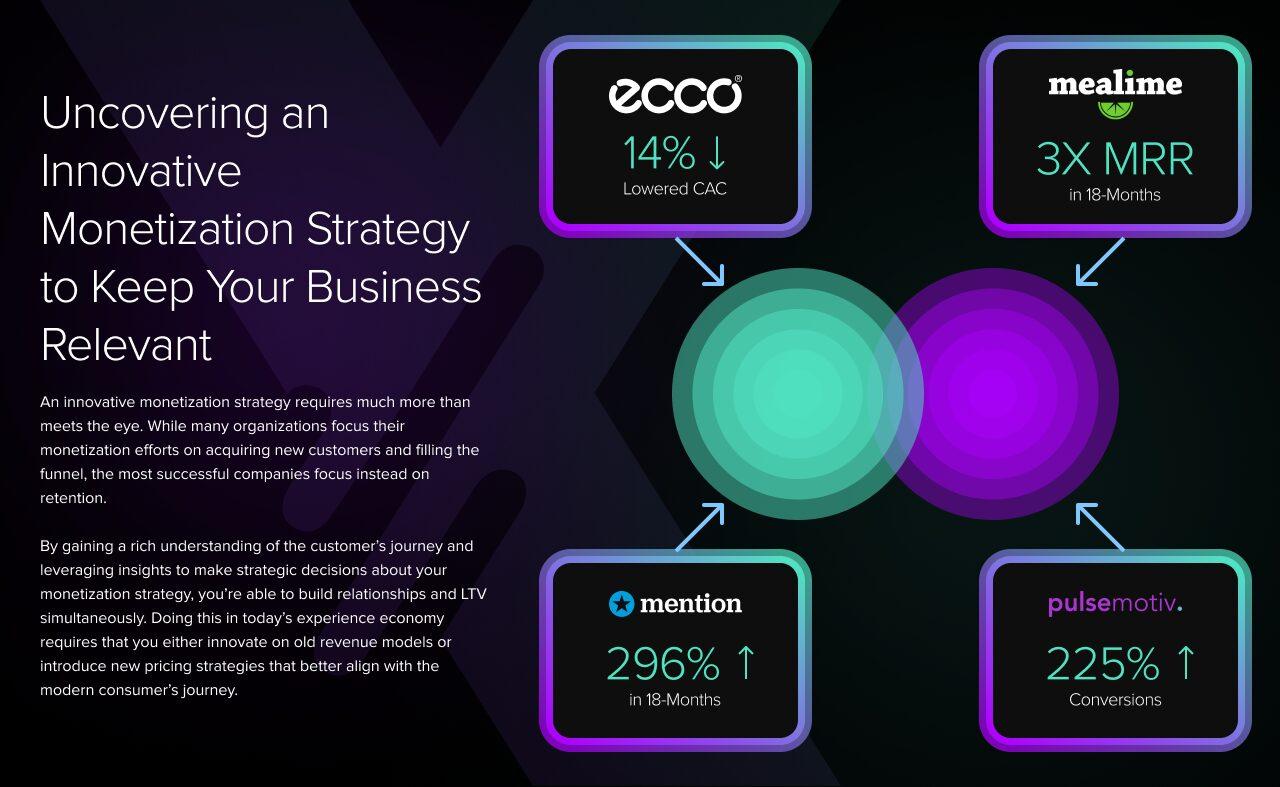
Monetization Strategies: Turning Your Passion into Profit
- Affiliate Marketing: This involves promoting products or services on your blog and earning a commission for each sale made through your referral. Choose affiliate programs that align closely with your niche for maximum impact.
- Sponsored Content: Collaborating with brands to create sponsored posts can be lucrative. Companies are often willing to pay for exposure to your audience, so pitch your blog as a platform for their products.
- Digital Products: Create and sell your own digital products, such as e-books, online courses, or exclusive content. This not only provides value to your audience but also establishes you as an authority in your niche.
To maximize your income potential, consider diversifying your monetization strategies. Here’s a simple comparison table of popular methods:
| Monetization Method | Pros | Cons |
|---|---|---|
| Affiliate Marketing | Passive income potential, wide variety of products | Requires traffic to be effective, can be competitive |
| Sponsored Content | High earning potential, builds relationships with brands | Can alienate readers if overdone, requires negotiation skills |
| Digital Products | Full control over pricing, builds brand loyalty | Initial time investment, requires marketing efforts |
Additionally, don’t overlook the power of advertising. Platforms like Google AdSense or direct ad sales can provide a steady revenue stream. The key is to monitor your blog’s traffic and engagement to ensure you’re placing ads strategically without compromising user experience.
Lastly, consider building a membership site or offering a subscription service. This approach can generate recurring revenue while fostering a community around your blog. Providing exclusive content or benefits for members can enhance their value and encourage sign-ups.
Remember, successful monetization doesn’t happen overnight. Focus on creating quality content, growing your audience, and exploring various strategies until you find the right mix that resonates with both you and your readers.

Building a Community: How to Engage and Grow Your Audience
- Be Authentic: Share your genuine self. Readers are drawn to authenticity. When you are transparent about your experiences and opinions, you create a connection that can lead to a loyal community.
- Encourage Interaction: Make it easy for your readers to engage with your content. Ask questions, create polls, and encourage comments. Respond to your readers promptly to foster a two-way conversation.
- Utilize Social Media: Promote your blog on various social media platforms. Join relevant groups and engage in discussions. Share your posts and invite followers to join the conversation on your blog.
Hosting events—both virtual and in-person—can also significantly enhance community engagement. Consider organizing:
| Event Type | Description |
|---|---|
| Webinars | Educational sessions where you share valuable knowledge related to your blog’s niche. |
| Q&A Sessions | Live sessions where you answer readers’ questions in real-time, building rapport. |
| Workshops | Interactive sessions that offer hands-on learning experiences, deepening engagement. |
Moreover, consider creating exclusive content for your community. This could include:
- Membership Areas: Provide special access to premium content for your most dedicated readers.
- Newsletters: Send regular updates packed with tips, insights, and community highlights.
- Challenges: Organize monthly challenges that encourage participation and foster a sense of belonging.
Remember, growth takes time. Focus on building relationships rather than just numbers. When your audience feels valued and involved, they are more likely to share your content, recommend your blog, and invite others to join your community. With dedication and creativity, you can cultivate an engaged audience that will support you in your blogging journey.
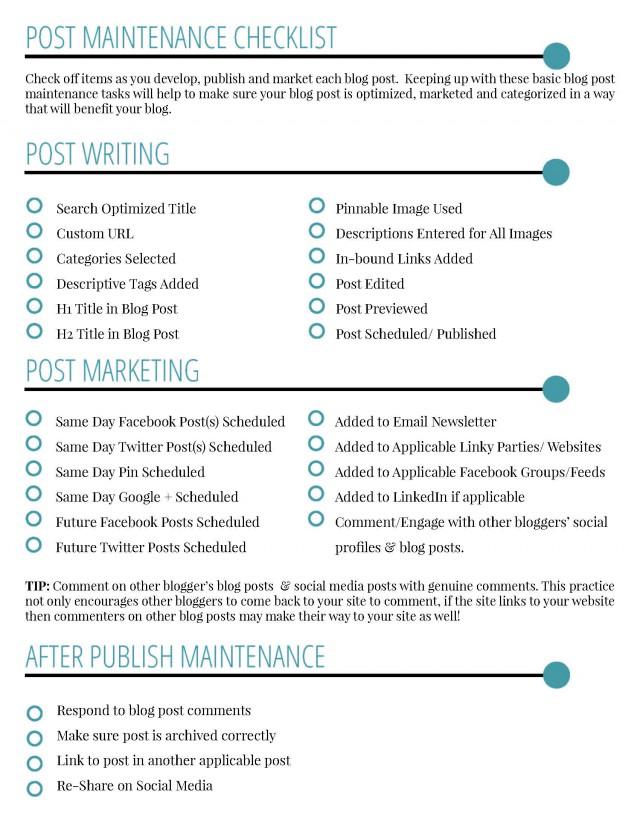
Maintaining Your Blog: Best Practices for Long-Term Success
Maintaining a successful blog goes beyond just hitting the “publish” button. It requires ongoing effort and attention to detail to ensure your content remains relevant and engaging. Here are some best practices that can help you sustain and grow your blog over time:
- Regularly Update Content: Revisit your older posts and update them with fresh information, improved visuals, or enhanced SEO strategies. This not only boosts your blog’s credibility but also improves user experience.
- Engage with Your Audience: Respond to comments and messages from your readers. Building a community around your blog encourages repeat visits and fosters loyal followers.
- Monitor Analytics: Keep an eye on your blog’s performance using tools like Google Analytics. Identify which posts drive traffic and engagement, and adapt your content strategy accordingly.
Another key aspect of blog maintenance is consistent branding. From your blog’s design to your writing style, maintaining a cohesive identity helps readers connect with you. Consider the following:
- Visual Consistency: Use a consistent color palette, font style, and layout across your site. This creates a professional look and makes your blog easily recognizable.
- Define Your Voice: Establish a writing style that reflects your personality. Whether it’s formal, casual, or humorous, consistency in tone keeps your audience engaged.
Technical upkeep is just as critical for your blog’s longevity. Here are some technical aspects to consider:
| Task | Frequency |
|---|---|
| Backup Your Blog | Weekly |
| Update WordPress Themes/Plugins | Monthly |
| Review Site Speed | Quarterly |
never underestimate the power of networking. Collaborating with other bloggers can provide fresh perspectives and expand your reach. Consider the following:
- Guest Posting: Write guest posts for other blogs in your niche. This can introduce your content to a wider audience.
- Join Blogging Communities: Participate in forums or social media groups focused on blogging. These communities can offer valuable advice and support.
By implementing these best practices, you’ll not only maintain your blog but also set it up for long-term success. Keep evolving, stay engaged with your readers, and your blog will continue to thrive in the ever-changing digital landscape.
Frequently Asked Questions (FAQ)
Q&A: How to Start a WordPress Blog 2025 (Complete Guide for Beginners)
Q: Why should I start a blog in 2025?
A: Great question! Starting a blog in 2025 is a fantastic idea because blogging remains one of the most effective ways to share your thoughts, build a community, and even earn an income. With advancements in technology and an ever-growing online audience, this is the perfect time to carve out your space on the internet. Plus, blogging can be a fun and fulfilling creative outlet!
Q: Is WordPress really the best platform for beginners?
A: Absolutely! WordPress is user-friendly and incredibly versatile, making it a top choice for beginners. With its intuitive interface, you don’t need to be a tech genius to get started. Whether you’re looking to create a personal blog, a business site, or an online portfolio, WordPress has the tools and flexibility to grow with you.
Q: What are the basic steps to start a WordPress blog?
A: Starting your blog is easier than you think! Here’s a quick rundown of the steps you’ll take:
- Choose a domain name: This is your blog’s online identity. Pick something catchy and relevant to your content.
- Select a hosting provider: Look for a reliable service that offers easy WordPress installation. Popular options include Bluehost, SiteGround, and WP Engine.
- Install WordPress: Most hosting providers have a one-click installation process. Just follow their instructions, and you’ll be up and running in minutes!
- Choose a theme: Browse the WordPress theme repository and pick one that reflects your style and niche.
- Install essential plugins: Plugins enhance your blog’s functionality. Start with essentials like an SEO plugin, a social sharing tool, and security features.
- Create your first posts: It’s time to share your voice! Start with an introductory post so your readers can get to know you.
Q: How much will this cost me?
A: Starting a blog can be quite affordable! Typically, you’ll need to budget for a domain name (around $10-$15 per year), hosting (anywhere from $3 to $20 per month depending on your plan), and maybe a premium theme or plugins if you choose. you can get started for under $100 in your first year. Not too shabby, right?
Q: Can I make money blogging?
A: Definitely! Many bloggers earn money through various avenues like affiliate marketing, sponsored posts, selling digital products, or even ad revenue. While it takes time to grow your audience and start seeing returns, many successful bloggers turn their passions into profitable ventures. With dedication and consistency, your blog can be a source of income!
Q: What if I get stuck along the way?
A: No worries! The blogging community is incredibly supportive, and there are countless resources available. Websites, forums, and social media groups offer help for every kind of question. Plus, you can find tutorials and videos that guide you step-by-step through any hiccups you might encounter.
Q: How do I drive traffic to my new blog?
A: Driving traffic requires a mix of strategies. Focus on creating high-quality, valuable content that resonates with your audience. Utilize social media to share your posts, engage with other bloggers in your niche, and consider optimizing your content for search engines (SEO). Guest posting is another great way to reach new readers. The more you engage, the more traffic you’ll attract!
Q: Is it too late to start a blog in 2025?
A: Not at all! Every year brings new audiences and opportunities. As long as you have a unique perspective or a passion to share, there’s room for you in the blogging world. Remember, content is king, and if you create high-quality, engaging material, people will want to read it. So, don’t hold back—get started!
Conclusion:
Starting a WordPress blog in 2025 is an exciting journey that can lead to incredible opportunities. Don’t let fear or uncertainty hold you back. With the right tools, support, and a little dedication, you can build a blog that reflects who you are and engages readers worldwide. Ready to take the plunge? Let’s get started!
Final Thoughts
Conclusion: Your Blogging Journey Awaits!
Congratulations! You now have all the tools and knowledge you need to kickstart your very own WordPress blog in 2025. Whether you’re looking to share your passions, build a brand, or even make some extra income, blogging is a powerful platform to express yourself and connect with others.
Remember, every successful blogger started right where you are now—feeling a mix of excitement and uncertainty. Don’t let fear hold you back! Embrace the journey, experiment with your content, and most importantly, have fun along the way.
As you publish your first post, keep in mind that consistency is key. Engage with your audience, improve your skills, and don’t hesitate to reach out for help when you need it. The blogging community is vast and supportive, and you’ll find plenty of people eager to share their wisdom.
So, what are you waiting for? Dive in, create, and let your voice be heard! Your blogging adventure is just beginning, and who knows? You might just become the next big thing in the blogosphere. Happy blogging!



